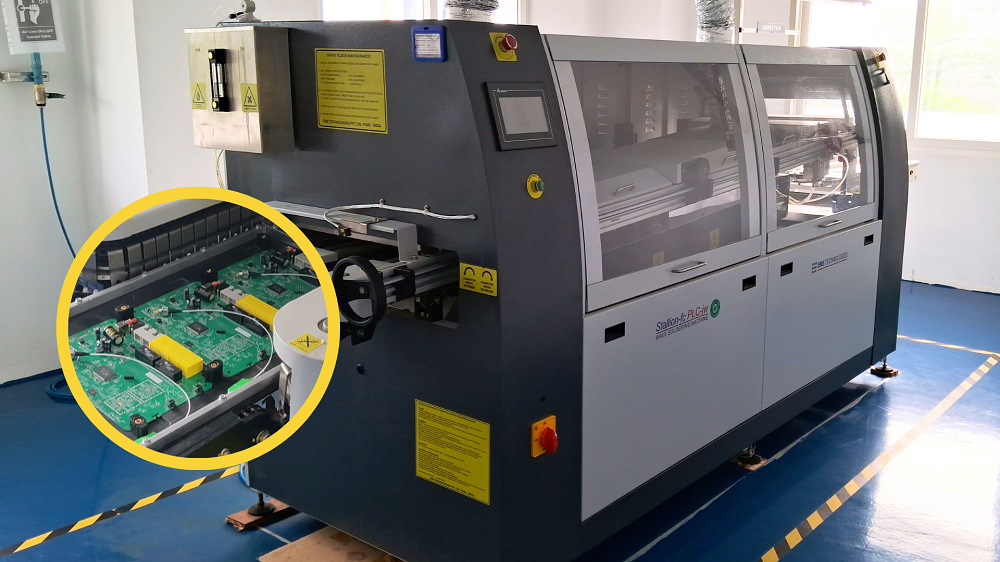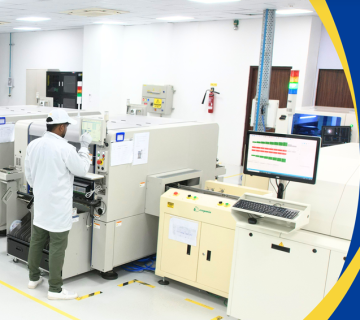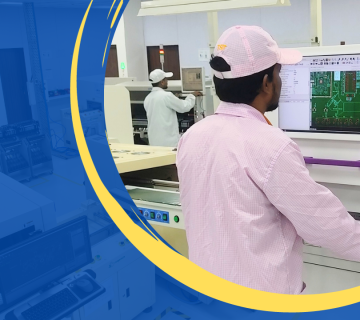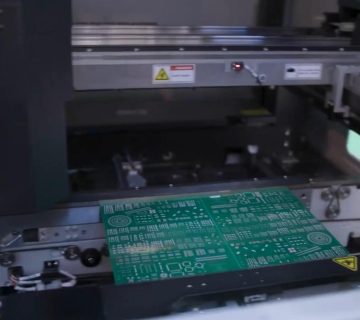 Wave soldering is a common method used in the electronics industry for soldering through-hole components on printed circuit boards (PCBs). This process ensures efficient and reliable soldering connections. Here’s how the wave soldering machine works:
Wave soldering is a common method used in the electronics industry for soldering through-hole components on printed circuit boards (PCBs). This process ensures efficient and reliable soldering connections. Here’s how the wave soldering machine works:
1. PCB Preparation: Before the soldering process begins, the PCBs are prepared by applying a solder paste to the pads where the components will be placed. This solder paste is a mixture of solder and flux, which helps in creating a strong solder joint.
2. Component Placement: Surface mount and through-hole components are placed on the solder paste-covered pads according to the circuit design. The components are positioned precisely using automated pick-and-place machines or manual labor, depending on the production scale.
3. Preheating Stage: The PCB with the placed components enters a preheating stage inside the wave soldering machine. In this stage, the PCB is gradually heated to a specific temperature to activate the flux in the solder paste. This activation helps in removing any oxide layers from the metal surfaces, ensuring a clean soldering process.
4. Solder Wave Formation: Once the PCB reaches the appropriate temperature, it moves over a wave soldering module. This module contains a large, continuously circulating wave of molten solder, usually a tin-lead alloy. The solder wave is precisely controlled to maintain the correct temperature and consistency.
5. Soldering Process: As the PCB passes over the solder wave, the exposed metal leads of the through-hole components come into contact with the molten solder. The solder adheres to the component leads and the PCB pads, forming a strong and reliable solder joint. Surface tension and the flux’s properties help ensure that the solder creates proper connections without bridging or cold joints.
6. Cooling and Solidification: After passing through the solder wave, the PCB moves to a cooling section. Here, the freshly soldered joints are cooled rapidly, solidifying the solder and creating a stable connection between the components and the PCB.
7. Inspection and Quality Control: Finally, the soldered PCB undergoes thorough inspection and quality control processes. Automated systems and skilled technicians inspect the solder joints for defects, ensuring that the connections meet the required quality standards. Any faulty solder joints are identified and rectified promptly.
In summary, wave soldering machines play a crucial role in the mass production of electronic devices by efficiently soldering through-hole components onto PCBs, ensuring the reliability and functionality of the final products.





No comment